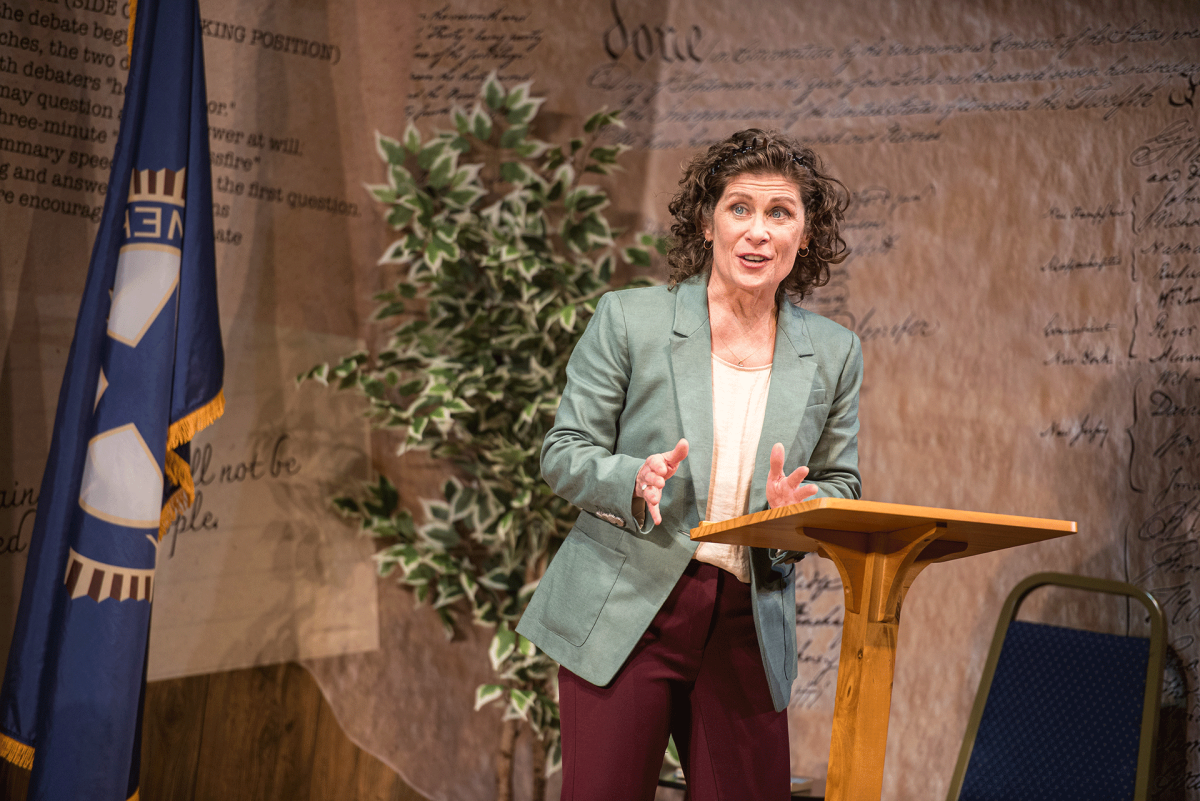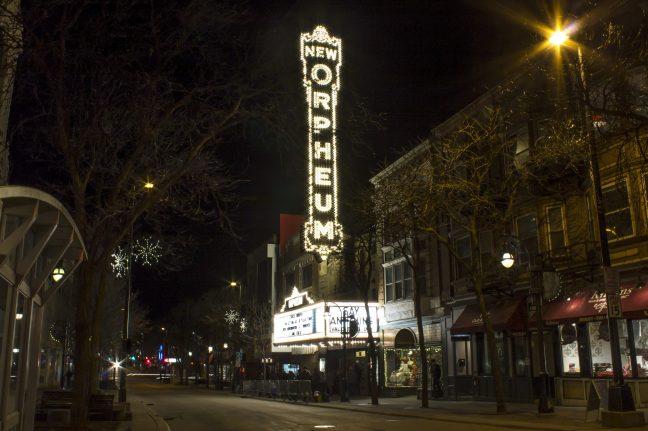Are you familiar with the term “tighten up the graphics”? It comes from an old ad for Westwood College’s School of Industrial Service promoting a job in the exciting field of game design and testing.
The ad features a couple of dudes sitting around the office, playing through a video game they’ve ostensibly designed, when their boss comes by and asks how the testing is going. They cheerfully tell her they need to “tighten up the graphics” before mentally high-fiving each other and musing on how awesome their job is.
I mean, that is awesome right? You get paid to play video games. Last year, Sony even made a reality show called “The Tester” for the PlayStation Network. The winner of the show got $5,000 and, more importantly, a job testing games for Sony.
Of course, those in the know are privy to the fact that you’re not getting paid to play games; you’re getting paid to break games, then write detailed reports about how you broke them. It’s an important job, but it may be the single most tedious one in the game industry.
That doesn’t mean getting paid to play is entirely out of the question. You just might have a bit harder time making a living out of it here, as opposed to, say, South Korea.
Professional competitive gaming exists worldwide, but the big money is in South Korea’s “Starcraft” scene. With dedicated television channels, superstar status for players, endorsement deals and more-than-livable salaries, this is really gaming’s closest analogue to professional sports.
In America, the largest pro-gaming organization is probably Major League Gaming, which seeks to bring competitive gaming to a more mainstream, spectator sport-esque level. MLG has even had television broadcasts of their tournament series on the USA Network.
The Evolution Championship Series (Evo), America’s largest fighting game tournament, has similarly seen support through G4TV, which hosted a live stream of last year’s event on its website and a televised feature about the tournament. The host of G4’s Xplay, Adam Sessler, was even on hand for commentary during the “Super Street Fighter IV” finals.
With these large-scale tournaments and tournament series, competitive gaming is making strides toward mainstream popularity – but you still might have some trouble convincing your parents you need to drop classes to spend more time in training mode.
Johnathan Wendel, better known by the pseudonym “Fatal1ty,” is usually cited as the most successful pro gamer in America. In a 2006 interview with Forbes, it was estimated that Wendel’s total winnings were over $1 million, and that his daily training regimen included eight hours of gameplay, ending at four in the morning. With hours like this, it would understandably be difficult to keep a full-time job, but Wendel makes do with his winnings and, perhaps more importantly, his Fatal1ty Inc. line of computer parts endorsements.
Success stories like his are, however, in the minority. The bulk of players are hobbyists who also hold regular jobs or attend school. Daigo “The Beast” Umehara is arguably one of the best and most well-known 2-D fighting gamers in the world. He travels internationally to tournaments and almost always places in the top payout ranks, but in an interview with Japan’s Sankei newspaper, he revealed that on the side he’s a nurse at a retirement home.
The simple answer for why pro-gaming in the U.S. isn’t at the same level as South Korea is because the money isn’t there. Travel costs to major tournaments for unsigned players can be prohibitively expensive, and with payouts usually only available for the top three, the majority of the players are losing money at these events. They keep going for the love of the game.
And there is a lot of love for these games. Top player matches on competitive gaming streams truly feel like sports on TV, complete with hype-building commentary, energetic crowds and nail-biting close matches. With all the drama and hype necessary to draw an audience, why isn’t pro-gaming at the same level of mainstream popularity as pro-sports?
Public perception. Playing video games, especially competitively and not “just for fun” is viewed, perhaps rightfully so, as an incredibly nerdy pastime. It’s true that at tournaments there’s always going to be the guy in the silk anime shirt who doesn’t own soap, but it’s always unfair to judge a group by its stereotype. The vast majority of competitive gamers actually don’t act like characters from “The Big Bang Theory,” and there are efforts, both within game communities and in the industry itself, to promote that idea.
Despite prevailing public perception, competitive gaming is on the rise in America. We’ll likely never see the same level as South Korea’s “Starcraft” scene, but if you’re looking to see just how hype we can get for games in America, a quick search on YouTube for the famous “Daigo Full Parry” video from 2004 is a good place to start.
Alex Girard ([email protected]) is a senior majoring in journalism and communication arts.















